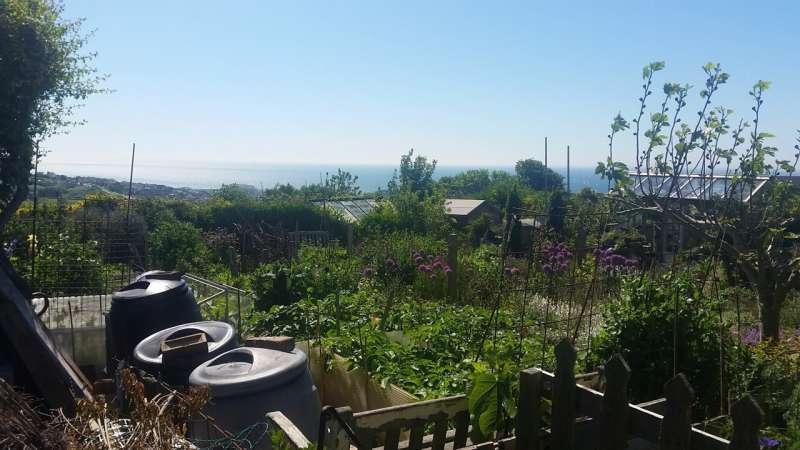“Using green urban space in towns and cities, people in the UK could grow almost 40 per cent of the fruit and vegetables we consume.”
.
Tomorrow sees Chris Packham presenting the ‘Earth Prom’ as part of the BBC’s classical music festival:
BBC Radio 3 – BBC Proms, 2022, BBC’s Earth Prom with Chris Packham
BBC Proms: Full Programme announced for the Earth Prom. – Colin’s Column
In anticipation, this evening’s Prom interval talk took us to allotment land:
John Gallagher explores trends in gardening and attitudes towards outdoor life in the ’20s.
BBC Radio 3 – BBC Proms, 2022, Prom 52: Finnish Radio Symphony Orchestra with Pekka Kuusisto
This ties in very much with the centenary of the UK’s Allotment Act:
Although there was another, earlier bit of legislation:
Garden historian and lecturer Twigs Way has sourced dozens of images of green-fingered Brits tending to their allotments during the ‘allotment craze’ amongst the middle classes sparked by the Allotments Act of 1908 which required councils to supply them when demanded.
The secret history of the UK’s allotments | Daily Mail Online
As pointed out by the Allot More Allotments campaign group:
If the council believes that there is a demand for allotments; they have a statutory duty to provide a sufficient number of plots. Section 23 of the Small Holdings and Allotments Act 1908.
Councils might be ‘required’ to provide such spaces – but it’s not just in the Sid Valley where there’s a long waiting list:
… allotments are harder to get hold of than Glastonbury tickets (the National Allotment Society reported an increase of more than 300 per cent last year)
As reported here four years ago:
Five-year waiting list for Sidmouth allotments – Vision Group for Sidmouth
The need is now bigger than ever – and perhaps it’s even more possible, as suggested by a study earlier this year:
There is “huge untapped capacity” for Britain to grow far more of its own fruit and vegetables in underutilised urban areas, without turning more of the countryside into agricultural land, a new study suggests. Using green urban space in towns and cities, people in the UK could grow almost 40 per cent of the fruit and vegetables we consume, the study said.
Increasing the amount of home-grown food could help reduce the UK’s dependence on imports, which have been hit hard following the impacts of Brexit and the Covid-19 pandemic, leaving supermarkets with empty shelves. The worsening climate crisis is also an increasing concern for food availability with UK importers reliant on farms based in many drought-prone areas where extreme weather is expected to become more common in the coming decades.
Scientists at Lancaster University used Ordnance Survey maps to identify outdoor urban green spaces and then calculated the productive potential of these areas using figures from existing domestic agriculture…
It really does make good sense from many angles:

Allotments and urban farming: a new study – Vision Group for Sidmouth
An alternative in the meantime might be some vertical gardening in your back yard:
Vertical Allotments Emerge as 2022’s New Gardening Trend
To finish, here’s a guide put together earlier this month:
Allotments: the ultimate guide to growing your own food for beginners